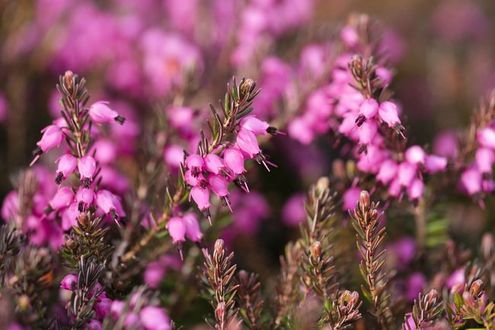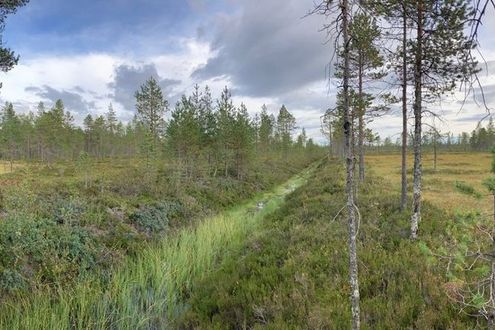The European Union (EU) has published a number of draft proposals for a Nature Restoration Law, the first law in history that calls for the restoration of ecosystems, habitats and biodiversity across the EU’s land and seas. The law is a key element of the European Green Deal and EU Biodiversity Strategy and aims to enable the long-term recovery of biodiverse and resilient nature, as well contributing to the EU’s climate mitigation and adaptation goals.
In the previous WaterLANDS update on the Nature Restoration Law, we discussed the law as it stood in October 2023, and introduced the Trilogues, an informal, but crucial negotiating forum where the European Parliament, the European Commission, and the Council of the EU (hereafter referred to as the parliament, the commission, and the council), would decide a common position for the final legislation.
On November 9th 2023, the Trilogue for the EU Nature Restoration Law reached an agreement. The commission, parliament and council have agreed on a proposal and the legislation is still on track to be formally adopted in 2024. All ecosystems, including wetlands, are included in the agreed version of the law.
Positive aspects of the agreed version include the retention of overall targets to restore at least 30% of habitats in poor condition by 2030, 60% by 2040 and 90% by 2050. Additionally, text was added which obliges the Commission to propose methods of financing the required restoration.
However, the deal came at certain costs for:
- The restoration of terrestrial, coastal, freshwater ecosystems (Art. 4) Article 4 relates to the obligation to prevent the significant deterioration of habitats in good condition, and of certain terrestrial and marine habitats. The article now obliges Member States to carry out restoration activities, but does not set requirements around results, making implementation more difficult.
- Peatlands under agricultural use (Article 9.4) Article 9.4 includes targets to restore 30% of agricultural peatlands by 2030, 40% by 2040 and 50% by 2050. However, only one third of this area is now required to be rewetted. Member states will be exempt from the article if rewetting is likely to negatively impact infrastructure, buildings, climate adaptation or other public interests. Farmers and landowners are not obliged to rewet their lands, and rewetting will remain voluntary for these groups. The Trilogue added that rewetting must be made attractive for farmers and landowners.
- Introduction of an “Emergency Brake” procedure An “emergency brake” procedure has been introduced which can be applied to freeze agriculture-related targets, including peatland rewetting, if food production is shown to be threatened. Commenting on the emergency brake in an article in The Guardian, Josef Settele, an entomologist with the Helmholtz Centre for Environmental Research and former IPBES co-chair said, “this shows that it is still not common knowledge that nature restoration can improve food production in the context of a transformation of the agricultural system.”
Next Steps
Now concluded, the Trilogues are often considered the most difficult phase in finalising EU legislation. However, the parliament will vote on the law in December before it is formally adopted by the council. Following this, member states will need to develop national action plans to protect and restore their habitats.
Analysis by Elise Vitali, Wetlands International Europe. Photography by Juul Limpens, Wageningen University and Research.


